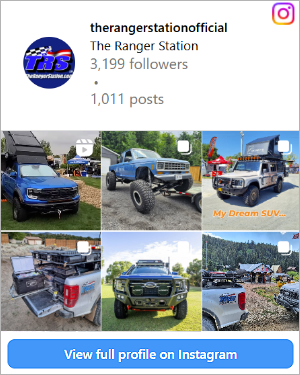- Joined
- Feb 1, 2022
- Messages
- 178
- Points
- 101
- City
- midwest
- Vehicle Year
- 1984
- Engine
- Transmission
- Manual
- Total Lift
- 3" BODY LIFT
- Tire Size
- 33"
Running discs front(D35) and rear(8.8") on my '84. Curious if I should upgrade my booster/master cylinder from what was factory that year given my front is from a '92 ranger and rear from a '96 explorer. If so what options do I have besides hydroboost?












